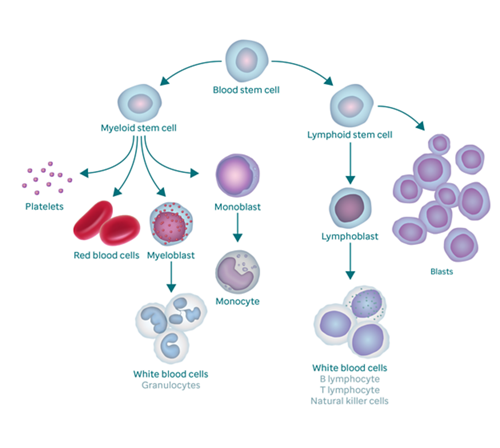If your child has been diagnosed with Acute Lymphoblastic Leukemia (ALL), you’re likely feeling overwhelmed and searching for reliable information and support. Look no further, as this article aims to provide you with a comprehensive guide to educational resources specifically designed to assist families dealing with the challenges of ALL in children. From helpful websites and online communities to books and support groups, you’ll find a range of resources to help you navigate this difficult journey with knowledge, confidence, and support.
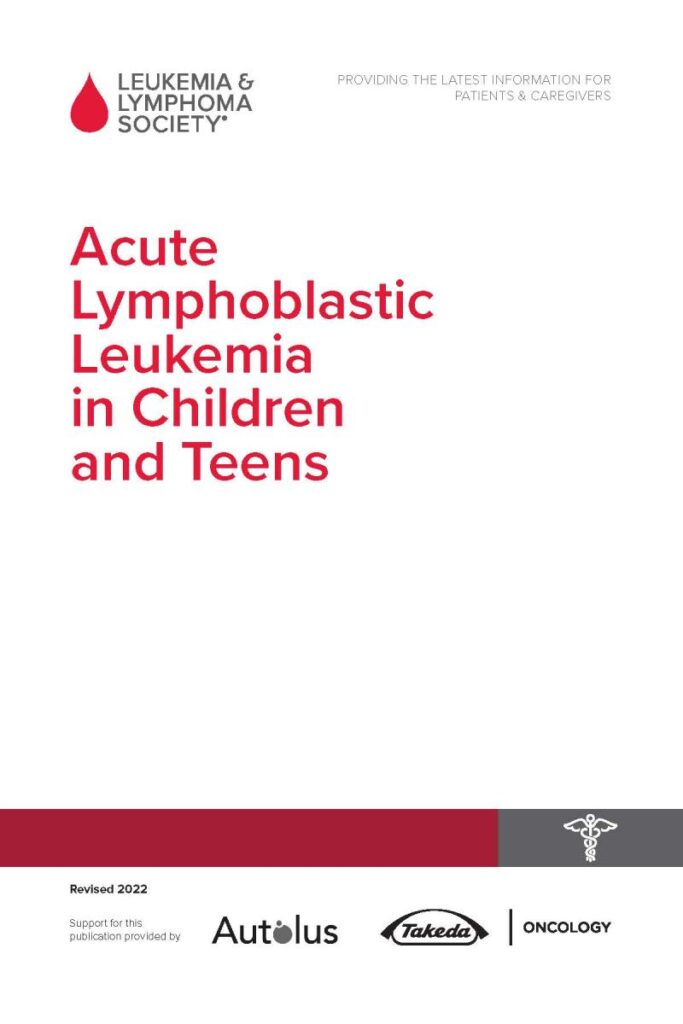
Overview of Acute Lymphoblastic Leukemia (ALL) in Children
Definition of ALL
Acute Lymphoblastic Leukemia (ALL) is a type of cancer that affects the blood and bone marrow. It is the most common form of cancer in children, accounting for approximately 25% of all pediatric cancer cases. ALL typically originates in the bone marrow, where abnormal white blood cells, called lymphoblasts, multiply rapidly and crowd out healthy cells. These immature cells can infiltrate various organs and tissues, leading to a range of symptoms and complications.
Prevalence and statistics
ALL primarily affects children between the ages of 2 and 5, with a peak incidence at around 3 years old. It is slightly more common in boys than girls. According to the American Cancer Society, approximately 3,000 new cases of ALL are diagnosed in children each year in the United States. Fortunately, the prognosis for children with ALL has significantly improved over the years, with a five-year survival rate of around 90%. Advances in medical research and treatment options have played a crucial role in improving outcomes for young patients.
Risk factors for (ALL ) in children
While the exact causes of ALL in children are not yet fully understood, several risk factors have been identified. These include genetic predisposition, exposure to high levels of radiation or certain chemicals, certain inherited genetic conditions, and immune system deficiencies. However, it is essential to note that the majority of children diagnosed with ALL have no known risk factors. Research is ongoing to further explore the factors that contribute to the development of ALL, in order to better understand and potentially prevent this disease in the future.
Diagnosis and Treatment of ALL in Children
Diagnostic tests for ALL
Diagnosing ALL in children involves several diagnostic tests to confirm the presence of leukemia cells and determine the subtype of the disease. These tests may include blood tests, bone marrow aspiration and biopsy, spinal fluid examination, and genetic testing. The results of these tests are crucial in order to develop an appropriate treatment plan tailored to the specific characteristics of the leukemia cells.
Staging of ALL in children
Staging is the process of determining the extent and spread of cancer within the body. In the case of ALL, however, staging is less important than in other types of cancer. Instead, medical professionals use risk stratification to determine the appropriate intensity of treatment for each child. This approach takes into account various factors, including age, initial blood counts, genetics of the leukemia cells, and response to initial treatment. The goal of risk stratification is to provide the most effective treatment while minimizing side effects.
Treatment options for (ALL ) in children
The main treatment for ALL in children is chemotherapy, which involves the use of powerful drugs to kill leukemia cells and prevent their regrowth. The treatment typically consists of three phases: induction, consolidation (also known as intensification), and maintenance. In some cases, radiation therapy may be used to target specific areas affected by leukemia cells, such as the brain or testicles. Stem cell transplantation, also known as a bone marrow transplant, may be considered for certain high-risk cases or for those who relapse after initial treatment. The choice of treatment plan depends on various factors, including the child’s age, risk level, and response to initial therapy.
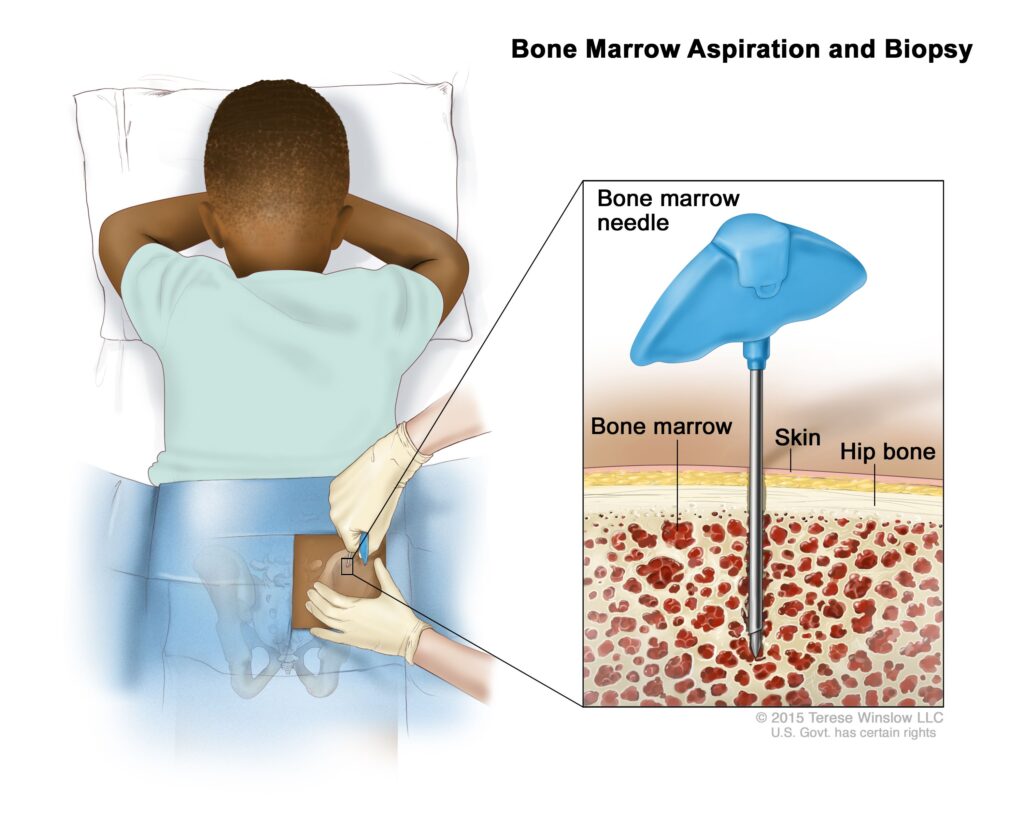
Support Organizations for Families Dealing with (ALL) Children
National organizations
Several national organizations provide support and resources for families dealing with (ALL) children. These organizations offer a range of services, including information about the disease, emotional support, financial assistance programs, and connections to other families facing similar challenges. Examples of national organizations include the Leukemia & Lymphoma Society (LLS), Children’s Oncology Group (COG), and the American Cancer Society (ACS).
Local organizations
In addition to national organizations, there are also local and regional organizations dedicated to supporting families dealing with childhood ALL. These organizations often provide more personalized assistance and may offer services such as support groups, financial aid, and educational resources. Local hospitals and cancer centers can often provide information and referrals to these community-based resources.
Online support groups
Online support groups have become increasingly popular and valuable resources for families dealing with childhood ALL. These groups allow parents to connect with other families facing similar challenges, share experiences, and exchange information and advice. Online support groups can provide a sense of community and understanding, even when physical distance may prevent in-person interactions. Websites such as Cancer Support Community, Smart Patients, and Inspire offer online support groups specific to childhood leukemia.
Financial Assistance Programs
Government assistance programs
Families dealing with childhood ALL may be eligible for various government assistance programs aimed at providing financial support during treatment and recovery. Programs such as Medicaid and the Children’s Health Insurance Program (CHIP) provide healthcare coverage for low-income families, including coverage for cancer treatment. Families may also qualify for Social Security Disability Insurance (SSDI) or Supplemental Security Income (SSI) if the child’s illness significantly impacts their ability to function and participate in everyday activities.
Non-profit organizations providing financial aid
Numerous non-profit organizations focus on providing financial assistance to families dealing with childhood ALL. These organizations may offer grants, funds for travel and accommodation, assistance with medical bills and prescription costs, and other forms of financial support. Examples of such organizations include Ronald McDonald House Charities, CancerCare, and the Patient Advocate Foundation. Each organization may have specific eligibility requirements and application processes, so families are encouraged to reach out and explore the available options.
Scholarships and grants for families of children with ALL
Many foundations and organizations offer scholarships and grants specifically for children with cancer, including those diagnosed with ALL. These financial aids aim to support the educational aspirations and future endeavors of young cancer survivors. Scholarships may range from small awards to full tuition coverage, depending on the foundation and individual circumstances. Parents and guardians are encouraged to research and apply for these opportunities to help alleviate the financial burden associated with their child’s cancer journey.
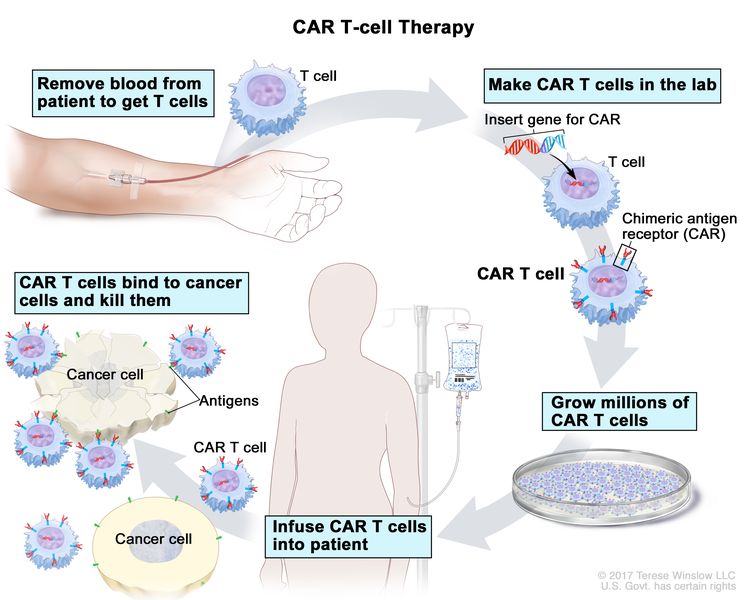
Educational Resources for Parents
Books and publications about childhood leukemia
There are numerous books and publications available that provide valuable information and support for parents of children with ALL. These resources cover a wide range of topics, including explanations of the disease, treatment approaches, coping strategies, and stories from other families who have gone through similar experiences. Some recommended books include “Childhood Leukemia: A Guide for Families, Friends & Caregivers” by Nancy Keene, “My Child Has Cancer: A Workbook for Parents and Youngsters” by Margaret K. Anthony and Ann M. Martin, and “Living with Childhood Cancer: A Practical Guide to Help Families Cope” by Leigh Woznick Winowiecki.
Websites and online platforms with educational content
Several reputable websites and online platforms offer comprehensive educational content about childhood leukemia. These websites often include information about the disease itself, treatment options, managing side effects, and long-term survivorship. Some websites also provide guidance on how to navigate the healthcare system, advocacy resources, and links to support organizations. Examples of reliable websites include the American Cancer Society (cancer.org), St. Jude Children’s Research Hospital (stjude.org), and the National Cancer Institute (cancer.gov).
Podcasts and videos on childhood leukemia
Podcasts and videos can provide an accessible and engaging way for parents to learn more about childhood leukemia. These multimedia resources often feature interviews with medical professionals, parents, and survivors, offering insights into various aspects of the disease. Some podcasts and video channels focused on childhood cancer and ALL include “Childhood Cancer Talk Radio,” “ACCO Speaks: The Urgency of NOW,” and “SuperSibs! Tales of Extraordinary Siblings of Childhood Cancer.”
Psychological Support for Families
Counseling and therapy services
The emotional and psychological impact of childhood ALL can be significant for both the child and the entire family. Counseling and therapy services can provide a safe space for parents and siblings to process their emotions, fears, and anxieties surrounding the disease. Counseling professionals experienced in pediatric oncology can offer guidance and coping strategies for managing stress and uncertainty during treatment and survivorship. Many hospitals and treatment centers have dedicated psychosocial support teams that can provide these services, and local mental health organizations may also offer specialized counseling programs.
Support groups for parents and siblings
Support groups specifically designed for parents and siblings of children with ALL can offer a sense of community and understanding. Connecting with others who are going through a similar experience can provide emotional support, practical advice, and an opportunity to share common challenges and triumphs. These groups may meet in person or online, allowing families to participate regardless of their location or ability to attend meetings in person. Hospitals, cancer centers, and national and local organizations often facilitate these support groups or provide information on where to find them.
Psychosocial programs for children with ALL
Childhood ALL not only affects the physical health of the child but also has a significant impact on their psychosocial well-being. Psychosocial programs provide children with ALL opportunities to connect with peers facing similar experiences, engage in activities that promote emotional healing, and build resilience. These programs may include art therapy, music therapy, play therapy, and peer support groups. Hospitals and cancer centers often have dedicated child life specialists and psychosocial support teams who are trained to provide these services.
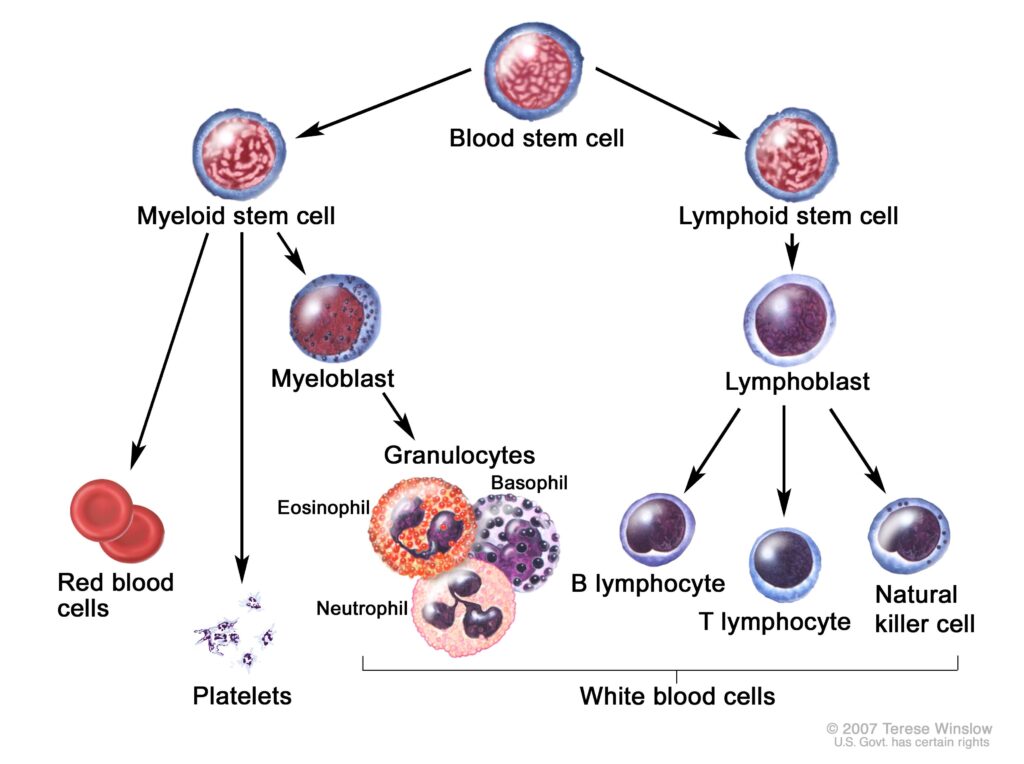
Nutrition and Lifestyle Recommendations
Nutritional guidelines for children with ALL
Maintaining proper nutrition is crucial for children diagnosed with ALL, as it can support growth, recovery, and overall well-being. Nutritional guidelines for children with ALL may include consuming a balanced diet rich in fruits, vegetables, whole grains, and lean proteins. However, during treatment, children may experience side effects such as loss of appetite, taste changes, and difficulty swallowing, making it challenging to meet their nutritional needs. In such cases, working with a pediatric dietitian or nutritionist can help develop individualized meal plans and provide strategies to manage side effects and ensure adequate nutrition.
Importance of physical activity and exercise
Physical activity and exercise can have numerous benefits for children with ALL, including increased strength, improved mood, and enhanced quality of life. Exercise can also help children maintain a healthy weight, reduce side effects of treatment such as fatigue and loss of muscle mass, and improve cardiovascular health. However, it is essential to consult with the child’s healthcare team before engaging in any exercise regimen, as certain precautions or adjustments may be necessary depending on the child’s overall health and treatment plan.
Managing side effects of treatment through lifestyle choices
Treatment for childhood ALL can often involve significant side effects that impact various aspects of a child’s life. Lifestyle choices, such as proper nutrition, regular exercise, and adequate sleep, can help manage some of these side effects and promote overall well-being. For example, maintaining a healthy diet can help alleviate the gastrointestinal side effects of chemotherapy, while regular exercise can combat treatment-related fatigue. It is crucial for parents to work closely with the child’s healthcare team to understand the potential side effects and explore strategies to minimize their impact on the child’s daily life.
School Support for Children with ALL
Individualized Education Plans (IEPs)
Children with ALL may experience disruptions in their education due to treatment, hospitalizations, and side effects. In the United States, Individualized Education Plans (IEPs) are designed to meet the unique educational needs of children with disabilities, which can include medical conditions such as ALL. IEPs involve collaboration between parents, teachers, and school administrators to create a tailored plan that outlines accommodations, modifications, and necessary supports to ensure the child’s educational success despite the challenges posed by their medical condition.
Homebound instruction options
In cases where the child’s health or treatment schedule prevents regular attendance at school, homebound instruction options can provide continuity in their education. Homebound instruction involves qualified teachers providing one-on-one instruction in the child’s home, hospital, or treatment center. These teachers work closely with the child’s school and healthcare team to tailor the curriculum and ensure educational progress. Homebound instruction can minimize the impact of treatment on the child’s education and help maintain a sense of normalcy during a challenging time.
Transitioning back to school after treatment
Returning to school after completing treatment for ALL can be an important milestone and a significant adjustment for the child. Transitioning back to the classroom may involve physical, cognitive, and emotional challenges. Schools can play a crucial role in facilitating a smooth transition by working closely with the child, parents, and healthcare team. This may involve developing a reintegration plan, providing academic and emotional support, and educating teachers and classmates about childhood cancer to foster an inclusive and supportive environment.
Parental Advocacy and Empowerment
Training workshops for parents
Training workshops and educational programs are available to empower parents with the knowledge and skills to advocate for their child’s needs effectively. These workshops provide information on various topics, such as understanding the healthcare system, navigating insurance, and effectively communicating with healthcare providers and educators. Organizations like the Leukemia & Lymphoma Society (LLS) often offer educational webinars and workshops specifically tailored to the needs of parents of children with cancer.
Tips for advocating for your child’s needs
Advocating for a child with ALL involves being their voice and championing their needs throughout their cancer journey. Some important tips for effective advocacy include becoming knowledgeable about the disease and treatment options, maintaining open and honest communication with the healthcare team, keeping thorough records of medical information and appointments, and seeking second opinions or additional resources when needed. Building a strong support network of other parents and caregivers can also provide valuable insights, advice, and emotional support.
Building a support network of other parents
Building a support network of other parents who have gone through or are currently experiencing childhood ALL can be immensely beneficial. Connecting with other parents facing similar challenges can provide a sense of understanding, camaraderie, and emotional support. Local support groups, online forums, and social media groups can serve as platforms for parents to connect and share their experiences. Additionally, organizations such as the Leukemia & Lymphoma Society (LLS) offer programs and events specifically designed to bring parents together and foster a sense of community.
Research and Clinical Trials
Current research on ALL in children
Medical research and clinical trials play a vital role in advancing the understanding and treatment of childhood ALL. Ongoing research focuses on a variety of areas, including the genetic factors that contribute to the development of leukemia, potential risk factors, novel treatment options, and strategies to minimize long-term side effects. By participating in research studies, families can contribute to the advancement of knowledge in the field, potentially impacting the care and outcomes for future patients.
Involvement in clinical trials for new treatments
Clinical trials offer families the opportunity to access promising new treatments and therapies that may not yet be widely available. These trials are meticulously designed and closely monitored to evaluate the safety and efficacy of new interventions. Participating in a clinical trial can give a child access to cutting-edge treatments that have the potential to improve outcomes. To ensure the safety and well-being of the participants, families considering participating in a clinical trial should consult with their child’s healthcare team and carefully consider the potential risks and benefits.
Promising advancements in the field of pediatric oncology
Advancements in the field of pediatric oncology have significantly improved outcomes for children with ALL. Targeted therapies, which specifically attack leukemia cells while sparing healthy cells have shown promise in improving treatment efficacy and reducing side effects. Immunotherapies, such as CAR-T cell therapy, have revolutionized the treatment of relapsed or refractory ALL, providing new options for children who have not responded to traditional treatments. Additionally, ongoing research into the genetic factors contributing to ALL has the potential to identify new therapeutic targets and improve personalized treatment approaches.
Acute Lymphoblastic Leukemia (ALL) in children is a complex disease that requires a comprehensive approach to diagnosis, treatment, and support. Understanding the definition, prevalence, and risk factors of ALL is crucial for families navigating this journey. Diagnostic tests and staging help determine the appropriate treatment plan, which often involves chemotherapy, radiation therapy, and potentially stem cell transplantation. Support organizations provide valuable resources and emotional support for families, while financial assistance programs can help alleviate some of the financial burdens associated with treatment. Educational resources, psychological support, and lifestyle recommendations are essential for the overall well-being of children with ALL and their families. School support and parental advocacy empower parents to advocate for their children’s needs throughout their cancer journey. Research and clinical trials continue to advance knowledge and treatment options, offering hope for improved outcomes in the future. With a supportive network and access to comprehensive resources, families dealing with childhood ALL can navigate this challenging journey with confidence and resilience.
Watch This Video Below
